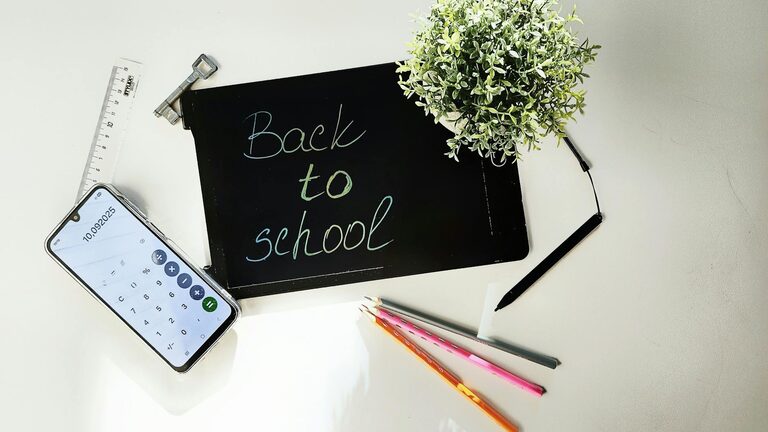Simple Ways to Reduce Household Paper Clutter Today

Reducing household paper clutter is a common goal for many people looking to create a more organized and peaceful living environment. Piles of mail, bills, receipts, and various documents often accumulate unnoticed, leading to stress and lost time when searching for important papers. Fortunately, with a few simple steps and a little consistency, you can significantly cut down on paper clutter and maintain a tidier home.
Why Reducing Paper Clutter Matters
Paper clutter can affect your daily life more than you might realize. It can:
– Create visual chaos and stress.
– Make it difficult to find important documents.
– Take up valuable space.
– Result in missed deadlines or lost information.
By tackling paper clutter, you’re creating a system that saves you time and helps you stay on top of your personal and household responsibilities.
Step 1: Start with a Paper Audit
Before you jump into organizing, take a moment to assess your current situation.
– Gather all the loose papers you’ve accumulated in one spot.
– Sort the papers into categories such as mail, bills, receipts, personal documents, and junk.
– Assess how often you receive new paper and where it commonly comes from.
This audit gives you a clear picture of the paper you have and helps you plan your next steps.
Step 2: Create a Designated Paper Station
Having a specific place to handle incoming paper can prevent it from spreading around the house.
– Set up a small area or tray near your main entryway or kitchen.
– Use folders or labeled bins for categories like “To File,” “To Pay,” and “To Act On.”
– Make it a habit to place all incoming paper in this spot immediately.
Step 3: Go Digital When Possible
Switching to digital options is one of the most effective ways to reduce paper in your home.
– Sign up for electronic billing and statements with banks, utilities, and service providers.
– Use apps or tools to scan receipts and important documents so you can recycle the physical copy.
– Store important files and photos on your computer or a secure cloud service.
A digital system not only reduces clutter but also makes it easier to back up and find documents when needed.
Step 4: Establish a Regular Sorting and Shredding Routine
Paper clutter returns quickly if papers are not regularly reviewed and discarded.
– Schedule a weekly or biweekly time to sort through your paper station.
– Immediately shred or recycle papers that are no longer needed, especially those containing personal information.
– File important documents in labeled folders or a filing cabinet.
Keeping this routine will prevent buildup and keep your space clean over time.
Step 5: Use an Efficient Filing System
Having a simple and accessible filing system helps you organize papers and locate them easily.
– Choose a filing method that works for you: alphabetical, by category (bills, taxes, insurance), or by date.
– Keep file folders clearly labeled.
– Consider color-coding folders for quick identification.
Make it easy to file papers away right after sorting so you maintain the system.
Step 6: Reduce Incoming Junk Mail
Much of household paper clutter comes from unwanted mail.
– Sign up for services that reduce junk mail and catalogs.
– Contact companies directly to opt out of mailing lists.
– Use catalogs and coupons online instead of paper versions.
The less junk mail entering your home, the less you’ll have to sort and recycle later.
Step 7: Recycle and Repurpose Wisely
Avoid letting papers sit around by recycling or repurposing them promptly.
– Keep a recycling bin near your paper station for easy disposal.
– Use scrap paper for notes or shopping lists.
– Donate unwanted books, magazines, or newspapers if they are still in good condition.
By taking action immediately, you prevent clutter from accumulating again.
Bonus Tips for Maintaining a Paper-Free Lifestyle
– Regularly review your digital files and back them up.
– Avoid printing documents unless absolutely necessary.
– Encourage family members to follow the paper handling system.
– Use online calendars and reminders to keep track of payments and appointments, reducing the need for physical notes.
Conclusion
Reducing household paper clutter doesn’t have to be overwhelming. With these simple steps—auditing your papers, creating a dedicated handling area, going digital, staying consistent with sorting and filing, reducing junk mail, and recycling—you can create a calm and organized living space. Start small, stay consistent, and watch how these habits transform your home.
Taking control of paper clutter not only improves the look and feel of your home but also frees up time and mental space for the things that really matter. Give these tips a try and enjoy the benefits of a clutter-free life!




